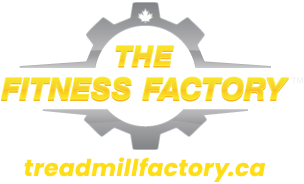Just A Few Tips on how to get your first pull up –
First and foremost, you want to prioritize general back strength work. This can be done with dumbbells, barbells, machines or cables. Even though pull ups are vertical, it's more efficient to build on both horizontal and vertical pulling / rowing options.
In the mean time, you can start with more regressed versions of pull-ups. Some ideas: TRX rows or inverted bar rows, both of which can be progressed by changing your body's angle, to make it more challenging as you get stronger.
Next, you can work with modified pull-ups. Maybe try Stand-up pulls, where most of the body-weight lifting is done with your legs, and your arms are just mapping the pull movement pattern. You can also use negative pull ups, as they train your muscles through the eccentric phase of the pull up, again using your legs (via a hop) to do most of the body-weight lifting, focus on resisting the descent for as long as you can. For both of these options, you can use different grips or progress in volume (number of reps) as you get stronger.
After that move onto band-assisted or leverage (machine-assisted) pull ups. Once you feel like you are getting stronger, you decrease the assistance, doing most of the work yourself. Again, you can try different grip variations.
Once you feel you are able to lift your body-weight in full, start with a neutral grip (typically the easiest, as they essentially allow you to use all of the muscles in your upper body required to do a pull-up). Next, you can move onto under hand (supinated grip) chin ups, with a narrower hand position. The wider overhand (pronated) grip used in pull-ups places a greater demand on the lats with less help from the biceps, meaning it will be more challenging and is more prone to fatigue.
We have tons of equipment to help you on your quest, you can check it out in-stores on online treadmillfactory.ca




